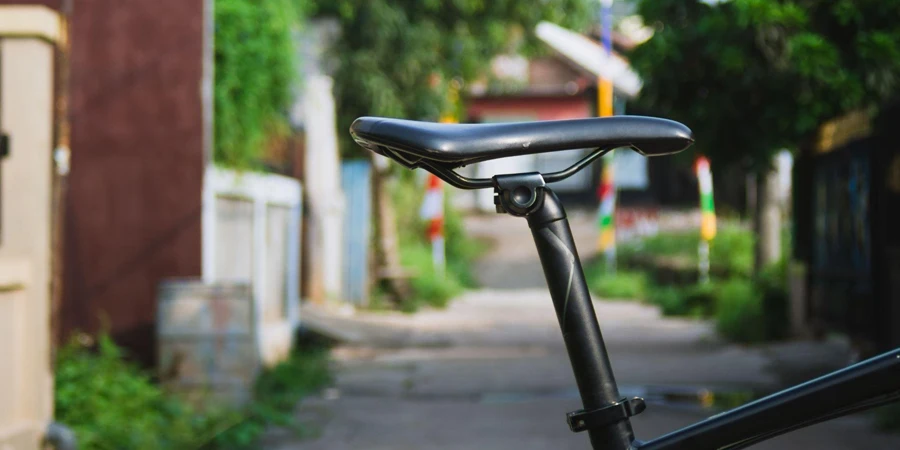Table of Contents
– Introduction
– Seatpost Market Overview
– Essential Seatpost Selection Criteria
– Conclusion
Introduction
As the critical component connecting the saddle to the frame, the seatpost plays a vital role in every cyclist’s comfort and performance. With a wide array of options available, selecting the ideal seatpost requires careful consideration of various factors to ensure an optimal riding experience.
Seatpost Market Overview
The global bicycle seatpost market has experienced steady growth in recent years, driven by the increasing popularity of cycling as a recreational activity and a sustainable mode of transportation. In 2022, the market size was valued at USD 100 million, showcasing the significant demand for high-quality seatposts among cyclists and bicycle manufacturers. As the cycling industry continues to expand, the bicycle seatpost market is expected to follow suit, presenting lucrative opportunities for businesses operating in this sector.
Market research indicates that the bicycle seatpost market is projected to reach USD 140.71 million by 2030, growing at a compound annual growth rate (CAGR) of 5% during the forecast period. This growth can be attributed to several factors, including advancements in seatpost technology, the rising demand for customization options, and the increasing adoption of electric bicycles (e-bikes) worldwide. Businesses that stay attuned to these trends and invest in innovative seatpost designs are well-positioned to capture a larger share of this expanding market.

Within the bicycle seatpost market, various segments contribute to its overall growth and market share. Road bikes, mountain bikes, and hybrid bikes are among the most popular categories driving the demand for high-performance seatposts. Manufacturers that cater to the specific needs of these cycling disciplines, offering seatposts with advanced features such as vibration damping, adjustable setback, and lightweight materials, are likely to gain a competitive edge in the market.
Essential Seatpost Selection Criteria
Material Matters: Strength, Weight, and Comfort
When selecting a seatpost for your company’s bicycles, the material composition plays a crucial role in determining the post’s overall performance, durability, and rider experience. Three primary materials dominate the seatpost market: aluminum, carbon fiber, and titanium. Each offers distinct advantages that cater to specific riding styles and budgets.
Aluminum seatposts provide an excellent balance of strength and affordability. Crafted from lightweight alloys, these posts offer reliable performance without adding excessive weight to the bicycle. The inherent properties of aluminum make it resistant to corrosion, ensuring long-lasting durability even in harsh riding conditions. For companies targeting recreational and entry-level riders, aluminum seatposts present a cost-effective solution that delivers consistent results.

For those seeking the ultimate in performance, carbon fiber seatposts are the go-to choice. Engineered with cutting-edge composites, these posts boast an unrivaled strength-to-weight ratio, allowing for a featherweight design without compromising structural integrity. The intrinsic vibration damping properties of carbon fiber work to absorb road buzz and trail chatter, resulting in a smoother, more comfortable ride. By investing in carbon fiber seatposts, companies can offer their customers a high-end upgrade that enhances both performance and rider satisfaction.
Titanium seatposts represent the pinnacle of premium craftsmanship. Renowned for its exceptional durability and corrosion resistance, titanium provides a lifetime of reliable service. Its inherent flexibility helps absorb vibrations, delivering a buttery-smooth ride quality that surpasses even carbon fiber. The metal’s impressive strength-to-weight ratio allows for a sleek, minimalist design that complements the aesthetics of any high-end bicycle. While titanium seatposts come at a higher price point, they offer unmatched longevity and an unparalleled riding experience for discerning customers who demand the very best.
Diameter Decisions: Ensuring the Perfect Fit
When it comes to selecting the ideal seatpost for your company’s bicycles, diameter is a critical factor that cannot be overlooked. The seatpost must fit seamlessly into the frame’s seat tube, ensuring a secure and stable connection. Three diameters dominate the market: 27.2mm, 30.9mm, and 31.6mm. These sizes cater to the vast majority of bicycle frames, offering compatibility across a wide range of models.
It is crucial to match the seatpost diameter precisely to the frame’s seat tube. Even the slightest mismatch can lead to significant issues down the line. An undersized seatpost will result in unwanted movement and slippage, compromising the rider’s control and comfort. On the other hand, attempting to force an oversized seatpost into a smaller seat tube can cause irreparable damage to the frame, rendering it unusable.
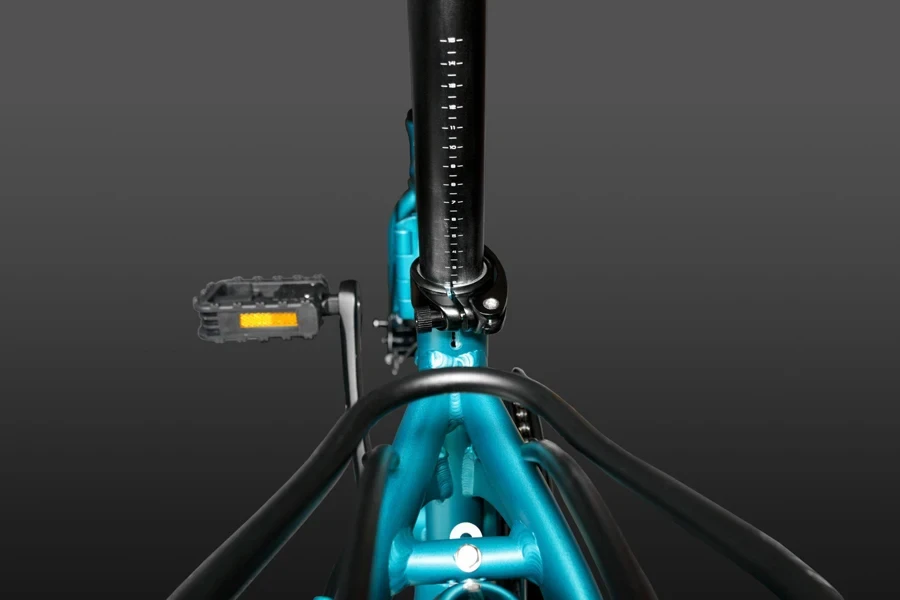
To ensure a perfect fit, it is essential to consult the frame manufacturer’s specifications and select a seatpost with the corresponding diameter. Proper sizing eliminates any guesswork and guarantees a secure, rattle-free connection between the seatpost and the frame. This attention to detail not only enhances the overall ride quality but also promotes the longevity of both the seatpost and the frame.
Length and Setback: Optimizing Fit and Handling
Seatpost length is a crucial consideration when selecting the ideal component for your company’s bicycles. The length required depends on both the frame design and the rider’s height. With the growing popularity of compact geometry frames featuring sloping top tubes, longer seatposts have become increasingly necessary to accommodate a wide range of rider sizes. It’s essential to choose a seatpost that provides ample adjustability while maintaining the minimum insertion depth for safety and structural integrity.
When it comes to fine-tuning saddle position, seatposts are available in both zero and setback options. Zero offset posts position the saddle clamp directly above the seatpost, allowing for a more forward saddle placement. This can be advantageous for riders with shorter femurs or those seeking a more aggressive, aerodynamic position. Conversely, setback posts feature a rearward bend or kink, enabling the saddle to be positioned further behind the seatpost. This is often preferred by riders with longer femurs or those desiring a more relaxed, upright riding posture.
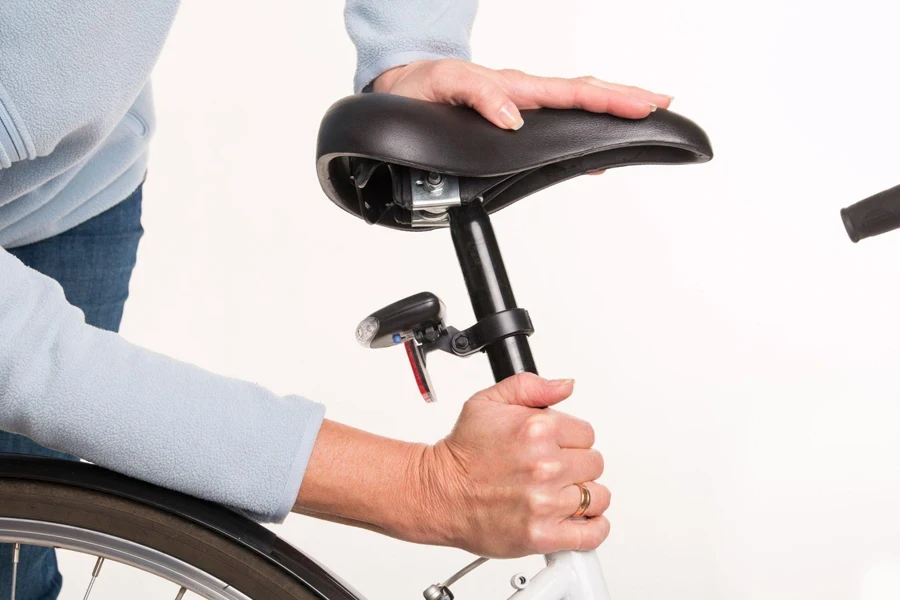
The choice between zero and setback seatposts also has implications for weight distribution and handling characteristics. A setback post shifts the rider’s weight rearward, placing more emphasis on the rear wheel. This can enhance traction and power transfer during acceleration, particularly beneficial for rear-wheel drive bicycles. However, excessive setbacks can potentially compromise front-end handling and stability. Conversely, a zero offset post promotes a more forward weight distribution, which can improve steering responsiveness and front-wheel traction.
Clamp Design: Securing the Saddle
When it comes to securing the saddle to the seatpost, clamp design plays a crucial role. Two primary systems dominate the market: single-bolt and two-bolt clamps. Single-bolt clamps, also known as Laprade seatposts, use a single vertical bolt to sandwich the saddle rails between two grooved blocks. While this design offers a sleek and minimalist appearance, it may limit the range of adjustment compared to two-bolt systems.
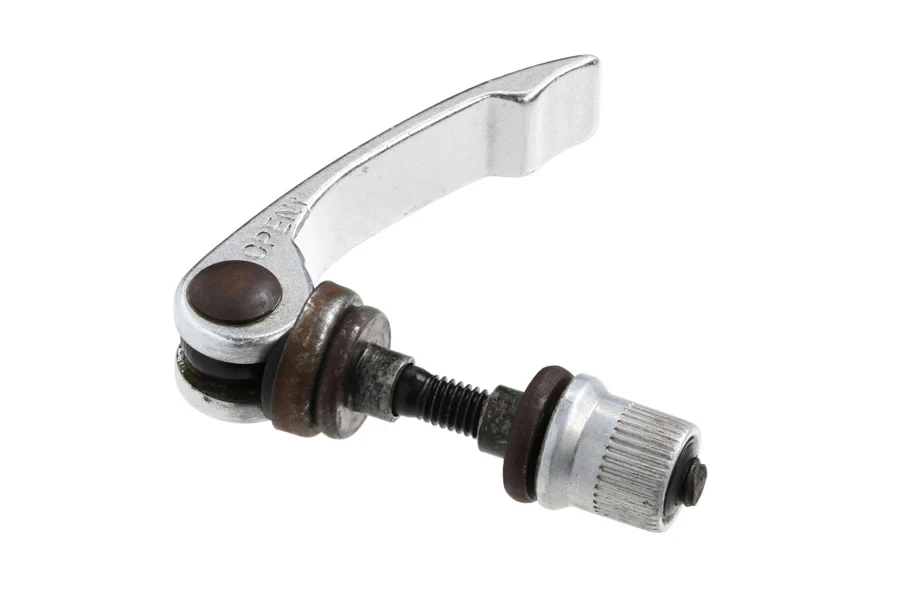
Two-bolt clamp systems provide a more versatile and secure solution for attaching the saddle. With bolts positioned at the front and rear of the clamp, users can make precise adjustments to both saddle tilt and fore-aft position. This enhanced adjustability is particularly valuable for riders seeking to fine-tune their saddle position for optimal comfort and performance. Moreover, two-bolt designs often provide a more secure hold, minimizing the risk of slippage during rides.
When selecting a seatpost, it’s essential to consider compatibility with the saddle’s rail material. Carbon and titanium rails, which are becoming increasingly popular for their lightweight and vibration-damping properties, may not be compatible with all clamp designs. Some seatposts, particularly those with side-clamping mechanisms, may require adapters or special clamps to accommodate oval or oversized carbon rails. Failing to use a compatible clamp can lead to damage to the saddle rails or even pose a safety risk.
Suspension Seatposts: Smoothing the Ride
For business buyers seeking to enhance their bicycle offerings, suspension seatposts present a compelling upgrade that can significantly elevate the riding experience. By absorbing shocks and vibrations from uneven terrain, these innovative components deliver a smoother, more comfortable ride while also improving control and stability. Suspension seatposts are particularly advantageous for riders navigating rough roads, gravel paths, or light off-road trails, as they minimize the impact of bumps and jolts on the rider’s body.
Suspension seatposts typically provide 10–50mm of travel using an internal coil, elastomer, or air spring system. Coil spring designs offer plush suspension action, effectively dampening impacts, but may add slightly more weight compared to other options. Elastomer-based seatposts utilize rubber inserts to absorb shocks, providing a more subtle and progressive suspension feel while maintaining a sleek, lightweight profile]. Air spring suspension seatposts, often found in dropper post designs, allow for precise tuning of the spring rate based on rider weight and preference, offering a highly customizable ride quality.
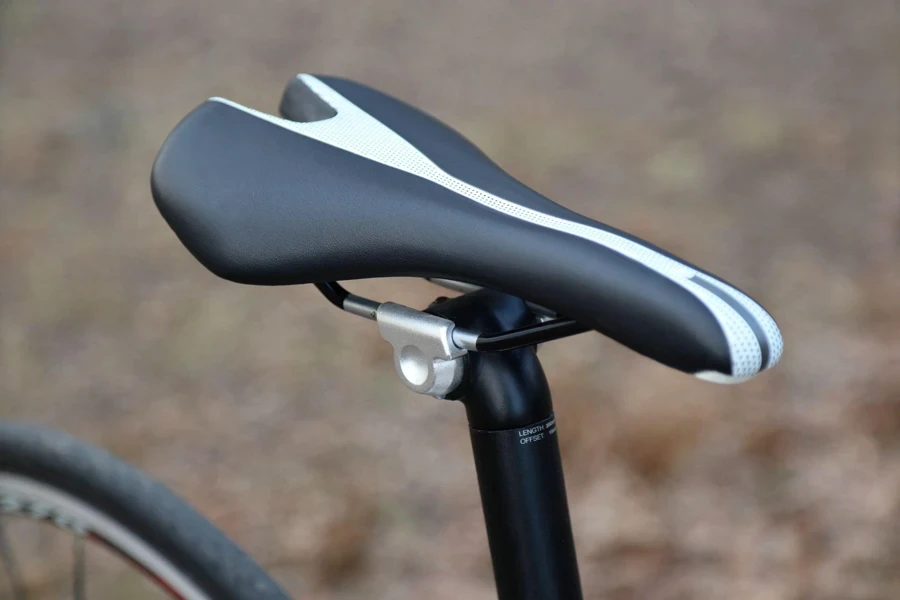
When selecting suspension seatposts for your product line, it’s essential to consider factors such as weight, adjustability, and maintenance requirements. While the added comfort and control are undeniable benefits, suspension seatposts may slightly increase the overall weight of the bicycle. However, this minor trade-off is often outweighed by the enhanced riding experience and potential for increased customer satisfaction. Adjustability is another key aspect, as it allows riders to fine-tune the suspension to their specific needs and preferences. Lastly, ensuring that the suspension seatposts you choose are easy to maintain and service will contribute to long-term customer loyalty and positive brand perception.
Conclusion
Investing in a high-quality seatpost tailored to your customers’ riding styles and preferences can significantly enhance their cycling experience. By considering factors such as material, size, clamp design, and suspension, buyers can select the perfect seatpost to maximize comfort, performance, and enjoyment on every ride.
Don’t forget to click the “Subscribe” button to stay updated with more articles that align with your business needs and interests on the Alibaba Reads sports blog.
